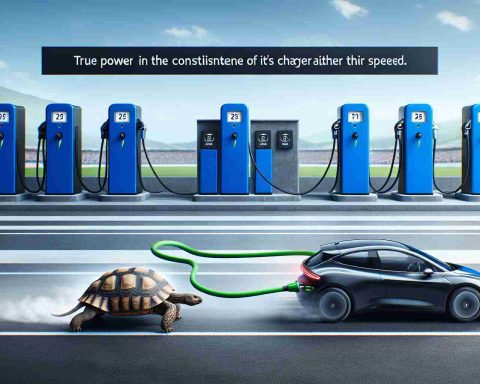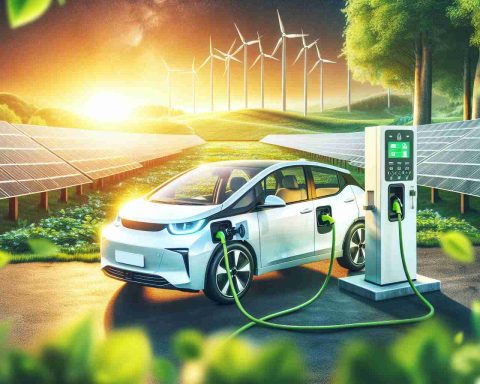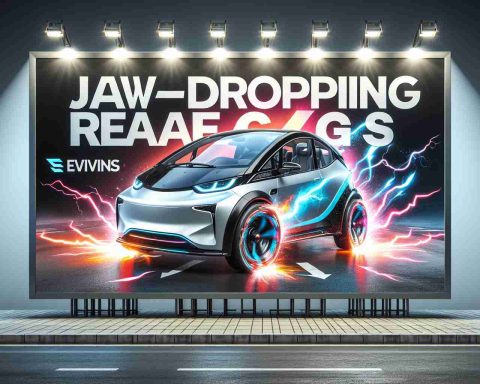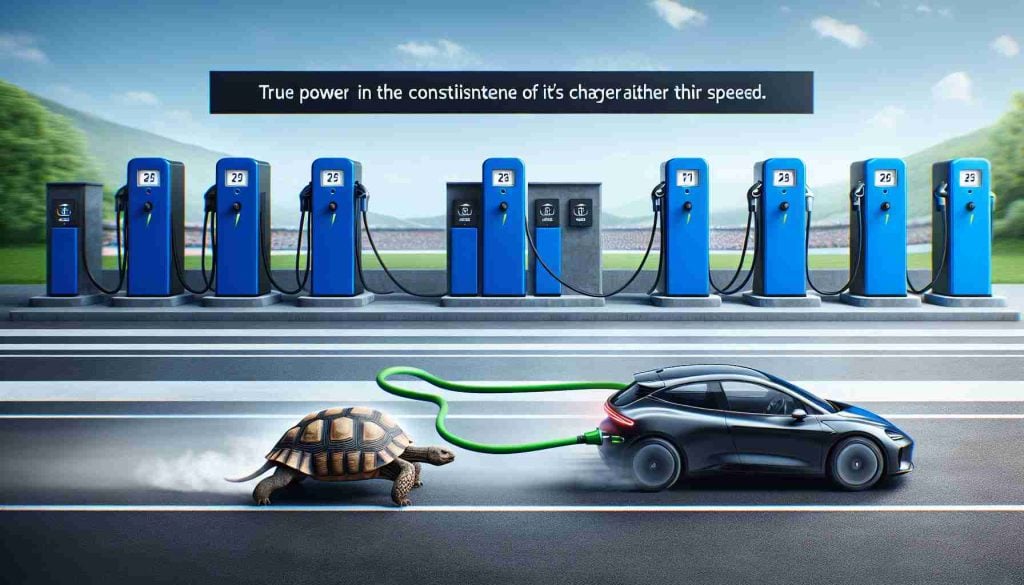- The New Democratic Party (NDP) introduces a strategy to boost Canadian electric vehicle (EV) production and protect against international trade tensions.
- A federal rebate of $10,000 is proposed for Canadian-made EVs, doubling the incentive for foreign models to encourage local purchases.
- NDP Leader Jagmeet Singh emphasizes “Build Canadian, Buy Canadian,” aiming to support local jobs and unionized craftsmanship.
- Singh suggests imposing a 100% tariff on Tesla vehicles in response to any potential U.S. trade actions.
- The plan includes blocking U.S. companies from federal contracts if they retaliate with tariffs against Canadian exports.
- The strategy promotes economic resilience, environmental stewardship, and Canadian industrial growth.
A gust of innovation is sweeping across Canada as the New Democratic Party (NDP) unveils a bold new strategy to supercharge local electric vehicle (EV) production and shield domestic industry from international trade tensions. At the heart of this initiative is the reinstatement of a substantial federal rebate designed to drive interest in zero-emission vehicles. Canadians, take note: purchasing a Canadian-made EV could soon come with a $10,000 rebate—double the perk offered for foreign-made models, reinstating a benefit that had previously lapsed.
The vision extends beyond mere consumer incentives. NDP Leader Jagmeet Singh has sketched an audacious plan akin to an intricate tapestry of economic strategy, tying together local job security with a focus on high-quality, unionized craftsmanship. The core message resounds with clarity: “Build Canadian, Buy Canadian.” It’s not just about cars; it’s about communities thriving with local jobs, iron-clad against the chill winds of global economic shifts.
In a striking move, Singh promises quick action if U.S. tariffs weigh down Canadian exports. A hefty 100% tariff on Tesla vehicles could come crashing down, a response aimed directly at a potential trade war led by any echo of Trump’s administration. It’s a calculated play to protect and promote Canadian manufacturing against the looming giant south of the border.
Adding another layer, Singh envisions blocking U.S. companies from federal contracts if they target Canadian exports with tariffs. This nationalist charge also proposes swaying government procurement toward homegrown, unionized contractors—a powerful nod to Canada’s industrial heartland.
Singh’s proposal sweeps like a fresh breeze through the NDP’s policy landscape, offering a compelling vision for economic resilience and environmental stewardship. The plan promises not just a cleaner, greener future, but one firmly stitched with Canadian pride and ingenuity.
Discover How Canada’s New EV Strategy Could Revolutionize Local Industry
How-To Steps & Life Hacks
How to Maximize Your Benefits from Canada’s EV Strategy
1. Choose Canadian-made EVs: To take advantage of the proposed $10,000 rebate, prioritize purchasing electric vehicles manufactured within Canada. This not only supports local industry but also maximizes your financial incentive.
2. Monitor Policy Developments: Stay informed about updates in policy, especially regarding tariffs and federal contracts. Joining forums or communities such as the NDP newsletter can help keep you updated.
3. Leverage Energy Savings: Invest in home charging stations that utilize renewable energy sources—consider solar— to reduce electricity costs.
4. Utilize Government Resources: Visit official government websites for additional incentive programs available for EV purchases.
Real-World Use Cases
Canadian Industrial and Environmental Benefits
– Local Job Growth: By bolstering Canadian EV production, the strategy promises to create jobs in manufacturing and ancillary sectors such as supply chain and maintenance services.
– Environmental Impact: Encouraging EV use contributes to reducing greenhouse gas emissions, aligning with Canada’s broader climate goals.
– Economic Resilience: Protecting domestic industries through strategic tariffs and government procurement ensures economic stability amidst global uncertainties.
Market Forecasts & Industry Trends
Future of EV Market in Canada
– Growth Trend: With the implementation of these rebates, EV adoption in Canada is expected to rise significantly, fostering innovation and competitiveness in the market.
– Industry Collaboration: Increased partnerships between tech companies and automakers may emerge, fueling advancements in EV technology and manufacturing processes.
Reviews & Comparisons
Canadian vs. International EVs
– Consumer Reviews: Canadian-made EVs could become more competitive globally with additional incentives, but it’s critical to assess vehicle performance, battery life, and customer service experiences.
– International Models: Many international brands offer advanced features and design; however, with tariffs and fewer incentives, they might become less attractive financially.
Controversies & Limitations
Challenges and Criticisms
– Trade Tensions: Implementing 100% tariffs could escalate trade disputes, affecting other exports.
– Expense of Implementation: Questions arise about the funding sources for these incentives and potential impacts on Canada’s budget.
– Market Disruption: Sudden policy changes might disrupt current consumer purchasing trends and auto market dynamics.
Features, Specs & Pricing
Key Features to Consider in EVs
– Battery Range: Opt for a vehicle that meets your personal and commuting needs.
– Charging Speed: Fast charging capabilities are crucial for long-distance travelers.
– Technology Integration: Look for models offering the latest infotainment and driver assistance features.
Security & Sustainability
Sustainability Measures
– Material Sourcing: Ensure that Canadian-made EVs use sustainable materials and eco-friendly production processes.
– Recycling Initiatives: Support brands committed to recycling batteries and other vehicle components.
Insights & Predictions
Long-Term Effects and Economic Predictions
– Industry Growth: The local EV industry could see a push towards greater innovation and sustainability, influencing global EV markets.
– Policy Influence: Other countries might adopt similar local-first policies, fostering global shifts toward self-reliant manufacturing.
Pros & Cons Overview
Evaluating the EV Strategy
Pros:
– Strengthened local industry and job market
– Increased EV adoption and environmental benefits
– Resilience against international trade pressures
Cons:
– Potential for increased international tension
– Challenges in implementation and potential budget issues
Actionable Recommendations
– Buy Canadian: Support the local market and maximize rebate benefits.
– Stay Informed: Continually check the latest policy updates and market trends.
For more information about electric vehicles and federal incentives in Canada, visit the Government of Canada’s website.














